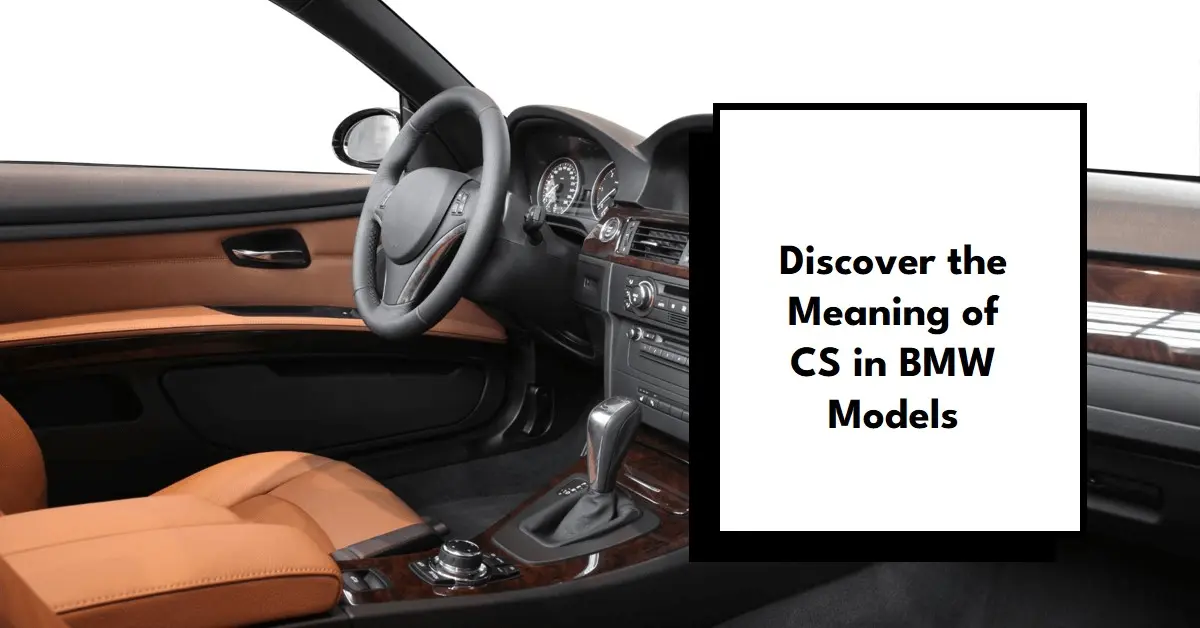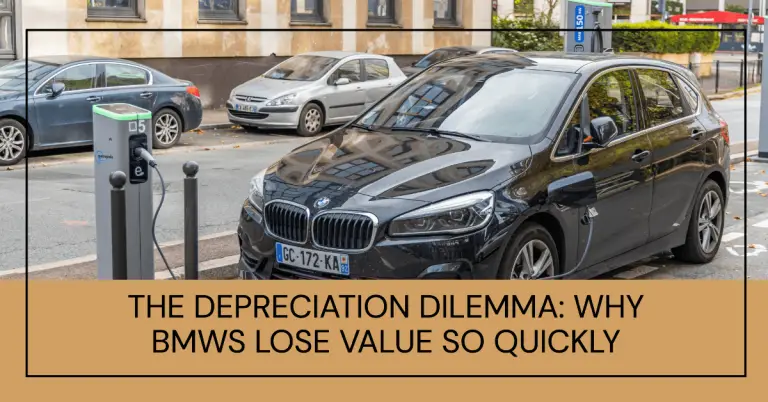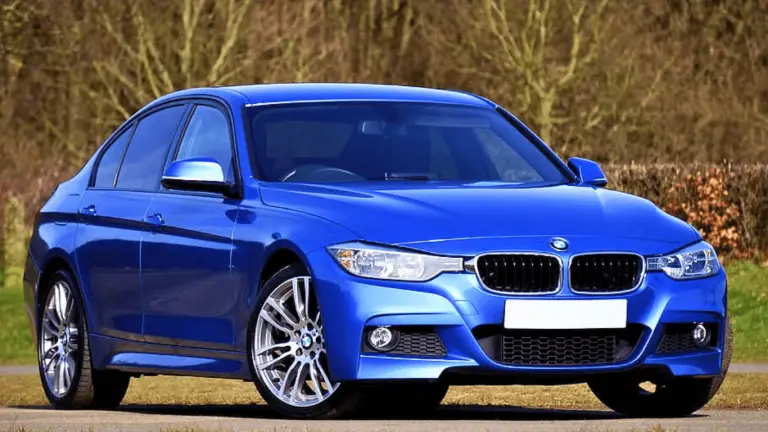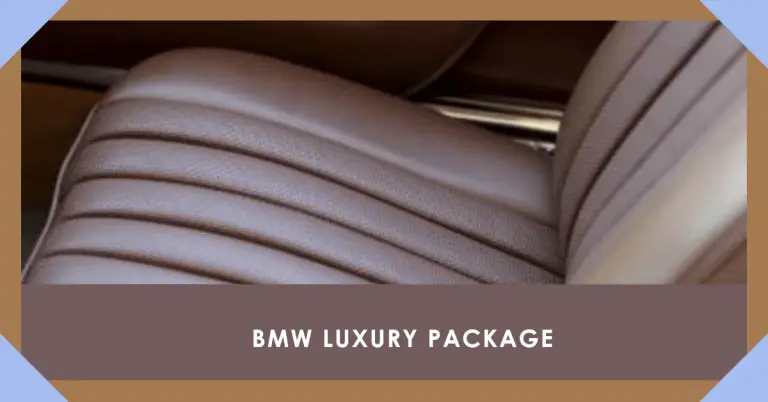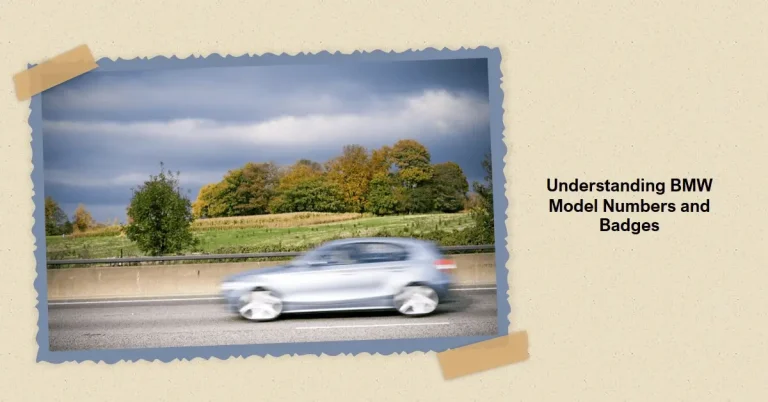What Does CS Stand For in BMW Models?
BMW has a long history of producing special, high-performance variants of its vehicles. Models bearing the two letters CS in their names occupy a rarefied space in the BMW lineage. But what exactly does CS denote on BMW coupes, sedans and SUVs?
This article will explore the origins and meaning behind BMW’s use of the CS designation. We’ll uncover where it came from, notable models that have worn CS badges, and what sets modern CS models apart. Read on to learn all about the rich heritage and exciting future for BMW’s Motorsport-inspired CS lineup.
A Brief History of BMW CS Variants
To understand what CS represents for BMW, one must look back to the 1970s birth of the famed 3.0 CS and 3.0 CSL coupes. This pair of sleek, high-power coupes established an iconic design language and performance benchmark for the brand.
When BMW introduced these new halo sports coupes, it needed a name that concisely encapsulated their essence. The solution was to add the abbreviation CS or Clubsport to the displacement and engine specs. This immediately signified enhanced power and agility for driving enjoyment, drawing a link to motorsports that continues today.
What Does CSL Stand For on BMW Models?
The next evolution came with the development of the even faster 3.0 CSL, which stands for Coupe Sport Leichtbau (Coupe Sport Lightweight). The racing and lightweight variants of the 3.0 CS proved dominant on the track. Terms like CS and CSL would fade from use over the next decades across BMW model lineups.
That is, until the early 2000s brought a renaissance of BMW’s Motorsport division, and the introduction of the beloved E46-generation BMW M3 CSL in 2003. The return of those three immortal letters connected the new coupe to past legends.
BMW has since carried this heritage forward with a modern generation of CS performance models wearing the badge: the M2 CS, M4 CS and M3 CS.
Launch of BMW’s Iconic 3.0 CS/CSL Coupes
As noted, the history of BMW’s CS model variants begins with the early 1970s launch of the visionary 3.0 CS coupe, and even racier 3.0 CSL version aimed at motorsports.
Right away, the CS designation denoted increased power and performance over contemporary BMW sedans. In its most competition-optimized, lightweight form, output for the legendary racing 3.0 CSL exceeded as astonishing 800 horsepower.
CSL models employed extensive use of exotic lightweight materials even by today’s standards. Racing versions relied on aluminum doors and engine lids, magnesium transmission housings, and Plexiglas side windows for shedding maximum pounds. As BMW’s first road cars with four-valve, six-cylinder motors, the advanced 3.0 CS coupes ushered in a new era of performance.
What Does CSi Stand For on BMWs?
Just a year after launching its CS coupes, BMW followed up in 1972 with the 3.0 CSi variant. This introduced modern fuel injection into the mix with the new Bosch D-Jetronic system.
With increased compression and lacking a carburetor, the 3.0 CSi put out a stout 200 horsepower. This allowed for launching improved coupes like the iconic E24-generation 635CSi in the late 1970s. The pinnacle came with 1988’s 850CSi, effectively a supercar wearing a gentleman’s suit.
The Return of CSL: 2003 BMW E46 M3 CSL
Following the end of E9 3.0 CSL production in the mid 1970s, decades passed before BMW revived use of the famed three-letter designation. The 25th birthday of BMW’s lauded Motorsport division provided the perfect opportunity.
In 2003 BMW introduced the E46 M3 CSL, continuing bloodlines of past Competition Sport Lightweights with a special edition M3 Coupe. Limited to just 1,400 examples for the global market, the 360 horsepower CSL employed a no holds barred approach to performance.
Carbon fiber construction for the roof, center console and door panels echo techniques used in 70s-era CSLs. Massive floating brake rotors visible behind lightweight alloy wheels show off racing pedigree. A stripped down interior helps keep curb weight to a scant 3,053 pounds – some 240 less than a standard E46 M3.
With a sub-eight-minute Nurburgring lap time, the rare E46 M3 CSL remains a benchmark for BMW coupe performance in the 21st century.
Modern BMW M CS Performance Models
While another two decades would pass before BMW returned to installing CS badges outside the confines of Motorsport’s skunkworks, recent years brought a trio of fresh contenders wearing those two vaunted letters.
BMW M2 CS: Lightweight 4-Cylinder Coupe
Late availability of the standard M2 prevented BMW from introducing an M2 CSL variant as intended. However, fans of compact coupe performance still got something special for 2020 with the debut of the M2 CS.
With its 444-horsepower turbocharged inline-4 sending ample torque to the rear wheels via a 6-speed manual gearbox, the M2 CS delights in sideways antics. A weight saving regime consisting of a carbon fiber hood, front splitter and roof panel keeps the feisty coupe dancing around the 3,500-pound mark. Bright red brake calipers add flasher at all four corners.
Limited global production capped M2 CS availability, ensuring exclusivity to match its Motorsport developed performance. For many, the M2 CS presents an appealing blend of modern BMW power and old school driving purity.
BMW M3 CS and M4 CS: Motorsport Inspired Power Plays
Not content applying the vaunted CS suffix solely to its smallest M model, BMW followed up shortly after the M2 CS with introduction of M3 CS and M4 CS variants in 2018.
These brought the CS designation back to the brand’s #1 clientele group for the first time since the E46 M3 CSL bowed out in 2003. Moving in lockstep with their shared mechanicals, both M3 sedans and M4 coupes employed the M-massaged S55 twin-turbo inline-6 making over 450 horsepower in CS trim. That translates the M3/4 CS duo into legitimate supercar annoyances.
With their motorsport developed chassis tuning, lightweight components, and extroverted aerodynamic elements, the M3 and M4 wearing CS badges express thoroughly track-inspired personalities. Yet as with past CS variants, there remains enough underlying luxury and refinement for tolerating daily commuting duties.
2024 BMW M3 CS: Hardcore Hybrid Track Star
BMW M saves the biggest salvo in its latest barrage of modern CS models for last, with the newly announced 2024 BMW M3 CS. As previewed in concept form at 2022’s Goodwood Festival of Speed, this new ultra-high-performance sedan earns its Motorsport cred.
Generating an astonishing 543 horsepower from its boosted inline-6, the M3 CS lives up to its hardcore reputation. Hitting 60 mph in just 3.2 seconds means keeping pace with mid-engine supercars costing multiples more. Expect a sub-11-second quarter mile time as well.
Extensive use of carbon fiber brings a 75-pound weight reduction over lesser M3 models, for increased agility to match straight-line speed. Upgraded cooling, suspension components and aero elements add to the M3 CS’s comprehensive performance enhancements.
As a final nod to BMW M history, the 2024 M3 CS adopts special yellow daytime running lamps as used on past cars campaigned by the factory race teams. For a sedan able to commute in stealth luxury or shred backroads with 4-door authority, the latest M3 CS looks poised to claim new glory for BMW’s legend.
What Makes BMW CS Models So Special
In case reading through BMW’s long lineage of Motorsport developed coupes, sedans and M cars hasn’t sufficiently explained why CS holds hallowed status, the following qualities should fill in any gaps. Here are the key attributes setting CS variants apart within the BMW range:
More Power and Performance
If CS has an overarching mission statement, it revolves around amplifying BMW’s beloved balance of luxury and impressive performance. Through a combination of engine tuning, reduced mass, suspension tweaks and other modifications, CS models universally receive noteworthy boosts over their standard counterparts.
The focus remains maximizing real world driving enjoyment – not just reducing lap times. So there’s still a fair degree of everyday comfort retained. But when the hammer drops and road opens up, CS-badged Bimmers waste no time dropping pretense and getting down to the business of speed.
Optimized Handling Dynamics & Agility
Increased output does no good without the upgraded chassis and driveline pieces to properly utilize every last pony. Here again CS signifies comprehensive hardware and software upgrades to put all that power to proper use when commands get aggressive.
From massaging suspension geometry for flatter cornering and improved steering feel, fitting wider rolling stock and stickier tires, even incorporating aluminum subframes and other diet-enhancing measures, CS models demonstrate great attention to balanced dynamics. Going and stopping in an M car wearing CS insignia puts connects drivers to past legends taming the world’s greatest tracks.
Exterior Styling Cues Signaling Performance Intent
Just in case onlookers can’t hear an M3 CS or M2 CS approaching and wonder what sets it apart from garden variety variants, BMW tastefully applies various styling tweaks to CS models. Aggressive aero effects, larger intakes, brightwork trim reductions, quad exhaust outlets and other subtleties in shape catch the eye.
Inside, occupants sit in heavily bolstered, race-inspired seats while assessing an all-business instrument panel. Economies of scale keep stitched leather and many premium cabin trimmings, rounding out the CS experience blending supercar performance with executive-class comfort and style.
Common Misconceptions About What CS Means
In researching BMW’s storied history and model nomenclature, we identified some recurring assumptions made about the CS designation that don’t quite hit the mark. Here are the two most frequent bits of incorrect consensus:
CS Does Not Stand For “Competition Sport”
While fitting given BMW M’s racing bonafides, M Group reps have clarified that CS does not represent “Competition Sport” or any direct competition ties. As covered, that distinction goes to earlier CSL models (translated Competition Sport Lightweight). So CS badges relate more to exclusive performance variants than full-blown homologation specials.
CS Is Not Short For “Coupe Sport”
Internet threads and chat rooms also occasionally claim CS abbreviates to “Coupe Sport” given its early application to 3.0 coupes. However, as BMW devout know, terms like SC describe their historic sports coupes. So while the CS designation does mostly appear on BMW coupes, that is not strictly implied in the naming convention.
The takeaway here is that CS specifically calls out added Motorsport DNA in a variant packing enhanced performance credentials with everyday drivability. Coupes often align best to that mission within BMW lineups through the decades, even as four-door and SUV models continue adopting the badge.
Outlook for More CS Variants Across BMW Lineup
If recent model expansions offer any indication, the CS suffix at BMW still has a rich future ahead. The German brand appears keen to apply Motorsport’s go-faster touch across segments. Given customer reception and critical acclaim for sporty iterations wearing CS badges, additional models seem destined for similar treatment.
Observers predict everything from exotic supercar fighting XM variants to creation of an ultra-hot 2 Series coupe inheriting the next generation’s powertrain developments. The former E46 M3 CSL certainly left a blueprint for resonant success.
And with electrification trending rapidly across all luxury vehicle segments, might we one day witness the extinguished rumble of internal combustion replaced by the near-silent hum of electric motors powering BMW’s CS lineup into a sustainable future?
Conclusion: What Defining Traits Embody BMW’s CS Models
In summary, over 50 years since its inception in the early 1970s original 3.0 CS coupe, those two alphanumeric symbols signify BMW’s sporting heritage made approachable for road use. They link past legends with present-day examples of advanced engineering delivering delight to passionate drivers.
Key attributes that define models wearing BMW’s CS badge include:
- Increased power over standard counterparts
- Comprehensive chassis/suspension/aero upgrades
- Purposeful, Motorsport-inspired aesthetics
- Exotic and lightweight materials/components
- Rare exclusivity and collectibility
As the automaker repeatedly proves, no other premium vehicles blend luxury, innovation, usable performance and daily-driving refinement quite like the special CS variants emerging from BMW Group factories.
Fast forward another half century, and early 21st century BMW sedans, coupes, crossovers and electric cars bearing CS insignia will undoubtedly rank as future classics cementing over 50 years of the brand’s identity.
So now when you spot a high performance BMW wearing those two little letters after hearing its signature straight-six growl (or silent whoosh of electrification), recognize it for the significant pedigree carried forth into the open road.

